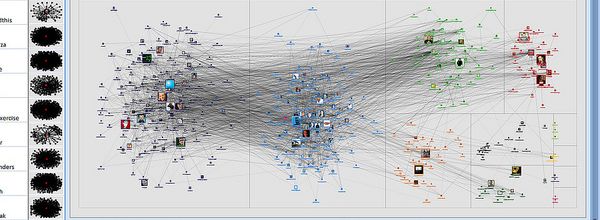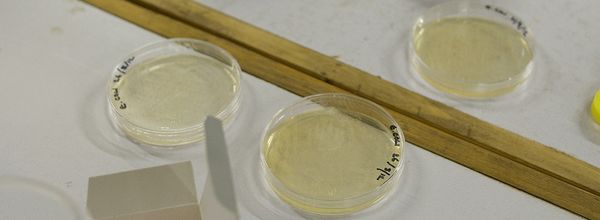Plants are just not green gods—they can be more. You can cost-effectively express your recombinant complex proteins in a plant system. More interestingly, plants are ideal systems for producing functional monoclonal antibodies, enzymes, and vaccine components! They can also be used for protein localization studies. To save time, you can transiently express your protein using agroinfiltration.
In short, you insert your gene of interest into a binary vector (containing a fluorescent protein for subcellular localization studies), transform the construct into Agrobacterium tumefaciens, and vacuum-infiltrate it into leaves.
Sounds easy, but the question is, how efficient is agroinfiltration? What if your plant doesn’t like this foreign protein of yours? Can you increase the expression of our protein? Yes, of course! Lets see the why and how of it.
Expression is Limited
When you infiltrate a liquid solution of Agrobacterium into leaves, it mediates transfer of your gene from the T-DNA region of the bacterial Ti plasmid to the plant cells. Most of the plant cells around the infiltrated region express your protein. The biggest advantage of the Agrobacterium system is that you can express long (>2kb) genes and deliver several transgenes (e.g., multimeric proteins) into the same cell. Expression is transient, though. Protein expression peaks at 60-72 hours after infiltration and declines eventually.
Behind the Scenes: The Reason for Low Protein Expression
Regardless of your design, gene expression declines after a time period, limiting the utility of agroinfilitration. The inappropriate bacterial strain-host plant combination can be a reason, but recently researchers found that post-transcriptional gene silencing (PTGS) in plant causes low protein expression.
PTGS acts through a mechanism similar to RNA interference (RNAi) in mammals. Like with miRNAs in mammals, small RNAs of approximately 21-25 nt target and bind specific sequences of mRNAs. The newly-formed dsRNA is then targeted for degradation. Unlike mammals, though, methylated transgene DNA affects PTGS, but the mechanism of this interaction remains unclear.
PTGS is triggered when a particular type of RNA (say, your gene of interest) is produced above a threshold level, leading to silencing of foreign genes.
The Rescuer: Suppressor of Post-Transcriptional Gene Silencing – P19
Plants use PTGS as an adaptive immune system mainly targeting viruses. Coevolution of viruses with plants has led to a counter-defensive strategy. Many plant viruses evolved proteins that suppress PTGS. Nice!
Among all suppressors of PTGS, the P19 protein from tomato bushy virus (TBSV) is the most effective1. P19 removes the trouble makers, the small interfering (si) RNAs, forming P19–siRNA complexes. As a result, siRNAs become inaccessible for effector complexes of the RNA-silencing machinery.
When co-expressed with your gene of interest, P19 can increase the gene expression of your protein by as much as 50 fold. It enhances and extends the expression for several weeks, which is very helpful if you need to express a protein on a large scale. Genius!
Mix and Express: How to Co-express the P19 Protein
How can you get your protein expressed along with P19? Very simple. All you need to do is mix liquid solutions of Agrobacterium tumefaciens containing your gene of interest and another containing P19 prior to infiltration of the leaves.
How to get P19 Construct
DIYing the P19 gene under a constitutive promoter (e.g., 35S) is a great choice. You can use suitable binary vectors (e.g., pBin61, pCB301-I1M). If you want it ready made, you can get through Plant Bioscience Limited, or why don’t you ask around? Maybe one of your collaborators has exactly the one you are looking for. It saves a lot of time!
Once you have your construct, you have to optimize co-expression.
Mixing: When and How
To optimize expression, you need to determine the final OD600 and the mixing ratio of the expression plasmids. Whenever I work with a new protein, I use a range of varied final OD600 (optical density of the mixed culture, that is, the mixture of strains containing your gene and P19). Generally, I have found that the range of OD600 varying from 0.1 to 1.0 and a mixing ratio of 1:1 works best. You can always add another construct or simply a positive control. Just calculate the final OD and ratio, respectively. Sometimes, a particular OD and ratio is protein and construct specific. In that case, you’ll have to play around with it a bit.
But trust me, P19 is quite a wonder and its worth trying.





